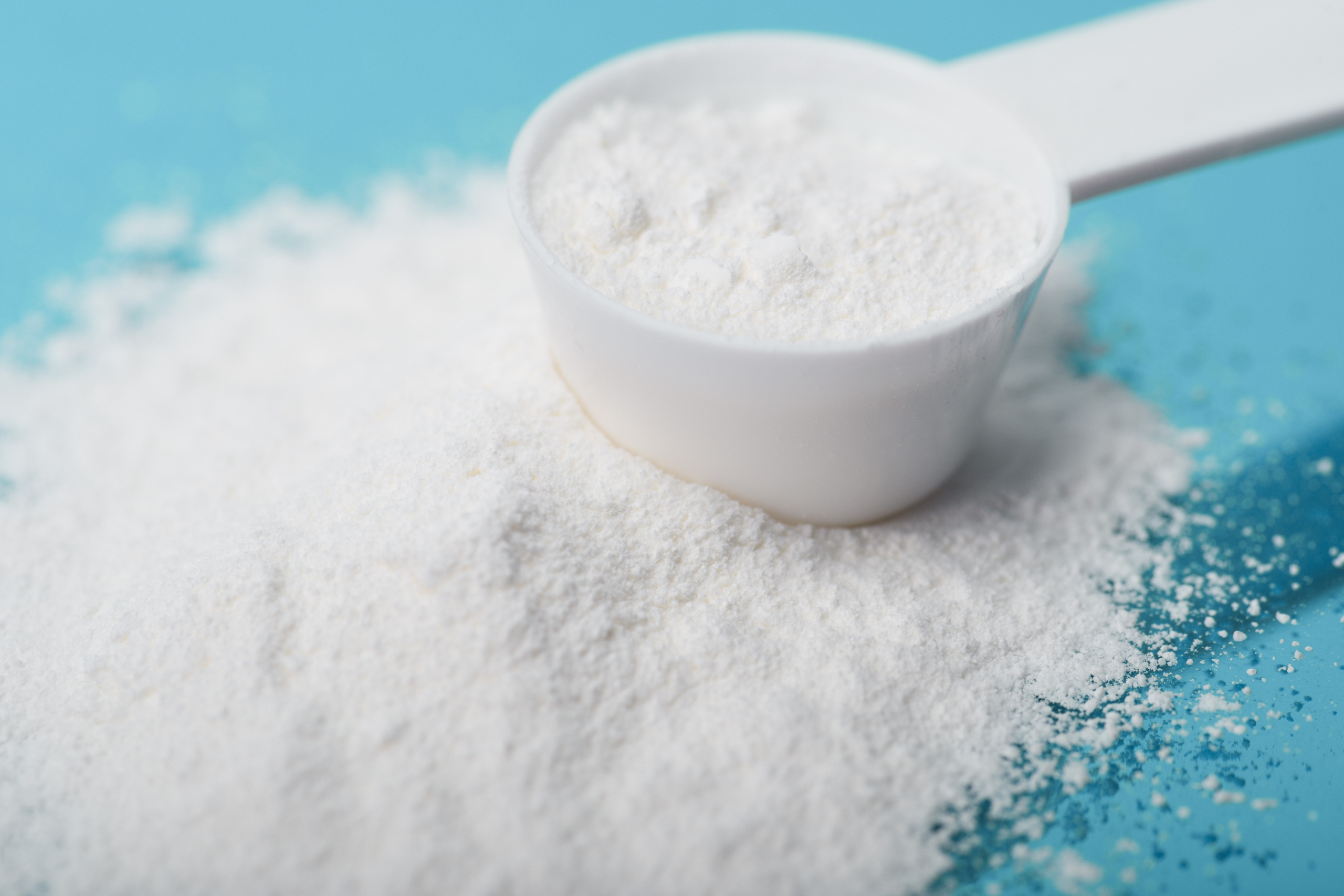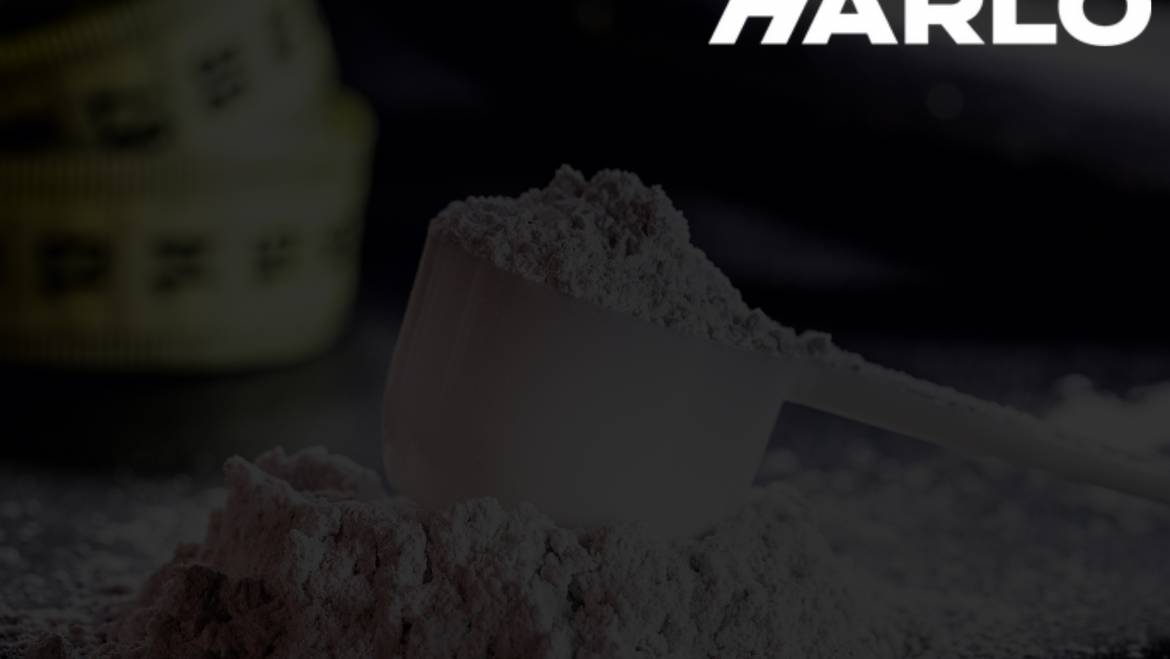5 Ways To Use Creatine Powder To Maximize Your Workouts
Are you looking to take your workouts to the next level and see better results in the gym? If so, incorporating creatine powder into your routine may be the key to unlocking your full potential.
Creatine is a popular supplement among athletes and fitness enthusiasts for its ability to enhance performance and build muscle mass. However, many people may not be aware of the various ways they can use creatine powder to maximize their workouts.
If you want to optimize your exercise routine and achieve your fitness goals, understanding how to effectively use creatine powder is crucial. From timing your intake to mixing it with the right liquids, there are several strategies you can implement to make the most out of this powerful supplement. In this article, we will explore five ways you can use creatine powder to take your workouts to the next level.
1. Understand the Basics of Creatine Powder
Creatine is a naturally occurring organic compound that is found in small amounts in foods such as meat and fish. It is also available as a dietary supplement in the form of creatine powder. Creatine is an essential component in the production of adenosine triphosphate (ATP), which provides energy to cells.
When you consume creatine powder, it gets absorbed into your bloodstream and then makes its way to your muscles. Within the muscle cells, creatine is converted into phosphocreatine, which serves as a ready-to-use energy source. This stored energy is then rapidly utilized during intense physical activities, such as weightlifting or sprinting.
Creatine has several benefits in the body. First, it helps increase muscle strength and power, allowing you to perform better during high-intensity exercises. It also promotes muscle growth by stimulating protein synthesis and reducing muscle protein breakdown. Additionally, creatine has been shown to enhance the recovery process by reducing inflammation and muscle damage.
It is important to note that while creatine can be beneficial for athletes and those engaging in intense physical activities, it may not be suitable for everyone. Individuals with underlying kidney or liver conditions should consult with a healthcare professional before starting creatine supplementation.
2. Determine Your Daily Dosage
When it comes to determining your daily dosage of creatine, there are several factors that you should consider. Creatine is a naturally occurring compound that is stored in your muscles and used as a source of energy during high-intensity exercises. It has become a popular supplement among athletes and fitness enthusiasts due to its potential benefits in increasing muscle strength and power.
The recommended daily intake of creatine varies depending on individual factors such as body weight, muscle mass, and the type of physical activity you engage in. Generally, it is recommended to start with a loading phase, where you take a higher dose of creatine for the first few days, followed by a maintenance phase where you take a lower dose to maintain the creatine levels in your muscles.
For most individuals, a loading phase of 20 grams per day, divided into four or five equal doses, for a duration of five to seven days is recommended. After the loading phase, the daily maintenance dosage ranges from 3 to 5 grams per day. However, it’s important to note that these dosage recommendations may vary for some individuals based on factors such as body weight and muscle mass.
It is also important to consider that creatine supplementation may have individual variations in terms of response and tolerance. Some individuals may experience gastrointestinal discomfort or water retention when taking higher doses of creatine. It is advisable to consult with a healthcare professional or a sports nutritionist to determine the most appropriate dosage for your specific goals and needs.
3. Choose the Right Form of Creatine Powder
Creatine powder is a popular supplement used by athletes and bodybuilders to maximize their workouts and enhance performance. When it comes to choosing the right form of creatine powder, the two most common options available in the market are monohydrate and ethyl ester.
Monohydrate is the most researched and widely used form of creatine powder. It is highly effective and cost-efficient compared to other forms. Monohydrate is scientifically proven to increase muscle strength and power, improve endurance, and aid in muscle recovery. It is also known to have a positive impact on overall body composition.
On the other hand, ethyl ester is a modified version of creatine monohydrate. It is believed to have better absorption and bioavailability, meaning it may be better absorbed by the body and utilized more efficiently. However, scientific research on ethyl ester is limited, and there is conflicting evidence regarding its effectiveness compared to monohydrate.
To maximize workouts, it is generally recommended to choose creatine monohydrate. Its efficacy and safety have been extensively studied, making it a reliable choice. Additionally, monohydrate is widely available and affordable, making it accessible to a larger population.
4. Incorporate Creatine into Your Routine
Creatine is a popular supplement among athletes and fitness enthusiasts due to its ability to enhance physical performance and promote muscle growth. To maximize the benefits of creatine, it is important to incorporate it into your routine effectively. Here are some guidelines to follow:
1. Loading Phase vs. Maintenance Phase: When starting creatine supplementation, a loading phase is often recommended for the first 5-7 days. During this phase, you would take a higher dose, typically around 20 grams per day, to quickly saturate your muscles with creatine. After the loading phase, a maintenance dose of 3-5 grams per day is sufficient to maintain optimal creatine levels.
2. Timing of Consumption: While there is no definitive “best” time to take creatine, it is generally recommended to consume it shortly before or after your workouts. This ensures that the creatine is available when your muscles need it the most. Additionally, taking creatine with a carbohydrate-rich meal or drink can help enhance its absorption.
3. Consistency is Key: To experience the full benefits of creatine, it is important to take it consistently. Unlike some supplements, creatine needs to be taken continuously to maintain its effectiveness. Therefore, incorporating it into your daily routine, whether it’s taking it in the morning or evening, will help ensure optimal results.
4. Hydration: Creatine supplementation can cause an increase in water weight, so to avoid any potential side effects, it is crucial to stay properly hydrated. Aim to drink plenty of water throughout the day, especially when engaging in intense physical activity.
Remember, creatine is just one part of an overall fitness regimen. It should be combined with a balanced diet, regular exercise, and adequate rest for optimal results. As with any supplement, it’s always best to consult with a healthcare professional before starting creatine supplementation to ensure it is suitable for your individual needs.
5. Maximize Your Workouts with Creatine Powder
Creatine powder is a popular supplement used by athletes and gym-goers to enhance their performance and maximize the benefits of their workouts. Here are five tips to help you make the most out of your creatine powder and achieve your fitness goals.
Firstly, to enhance the absorption of creatine, it is recommended to mix it with a carbohydrate-rich drink. Carbohydrates help stimulate insulin release, which improves creatine uptake by the muscles.
Secondly, consider using creatine as a pre-workout supplement. Taking creatine before your workout can provide you with increased strength and power, allowing you to push yourself harder during training sessions.
Post-workout, combining creatine with protein can aid in muscle recovery and growth. Protein helps repair and rebuild muscles, and when combined with creatine, it can have a synergistic effect, promoting optimal muscle protein synthesis.
Furthermore, it is crucial to stay hydrated while taking creatine. Creatine may cause increased water retention in muscles, so proper hydration is necessary to prevent dehydration and cramping. Make sure to drink sufficient amounts of water throughout the day.
Lastly, consider cycling on and off creatine periodically. This means taking creatine for a few weeks or months, then taking a break from it. Cycling helps prevent potential plateauing effects and ensures that creatine remains effective in improving performance.

Conclusion
By understanding the basics of creatine powder, determining your daily dosage, choosing the right form, incorporating it into your routine, and following these tips to maximize your workouts, you can take full advantage of this powerful supplement and see significant improvements in your performance and results. Remember to consult with a healthcare professional before starting any new supplement regimen.
